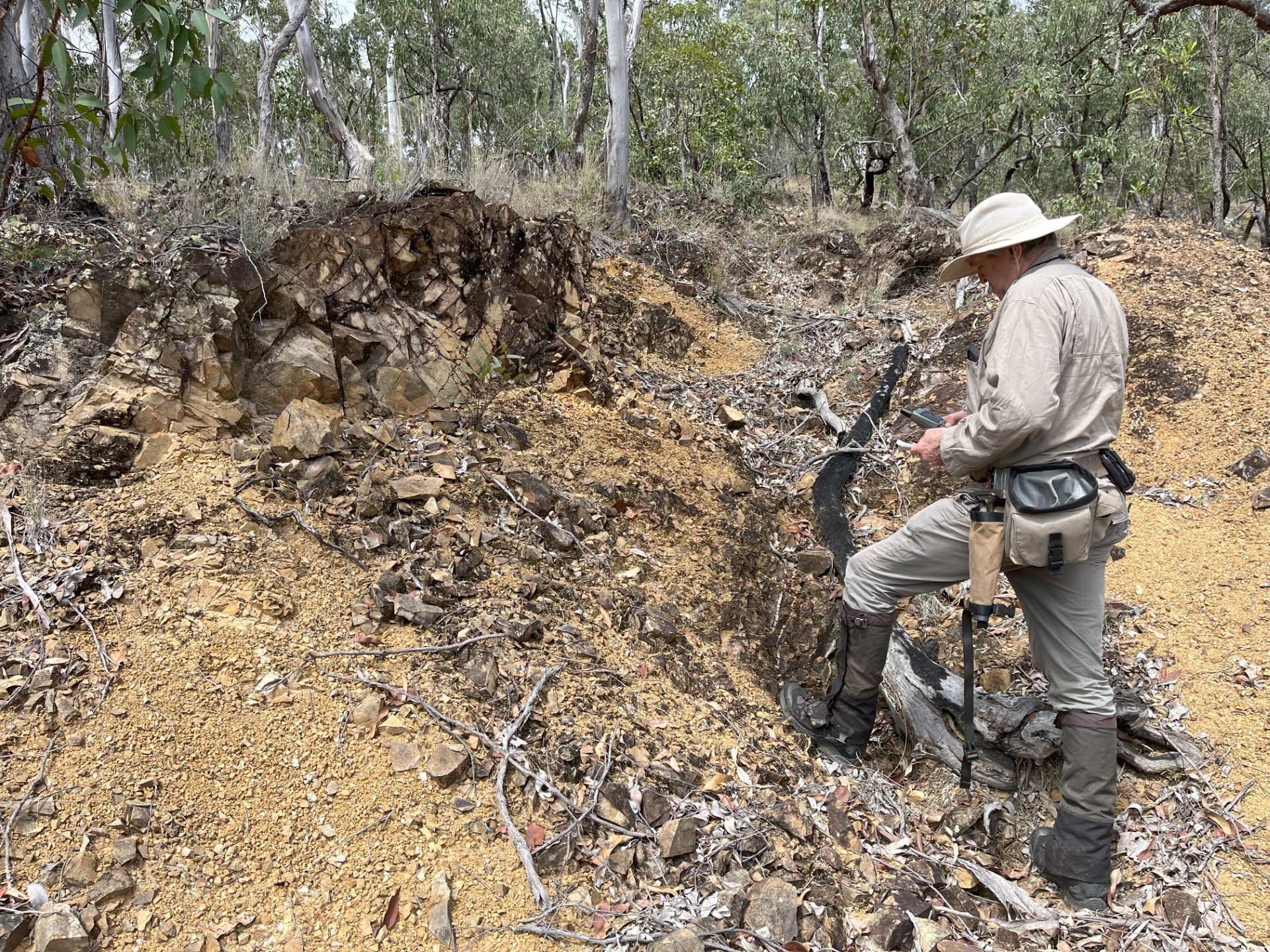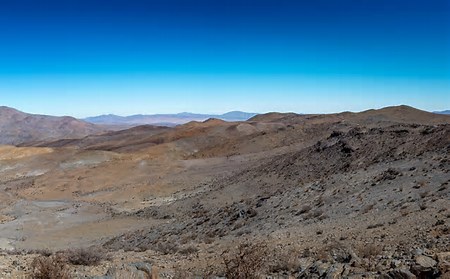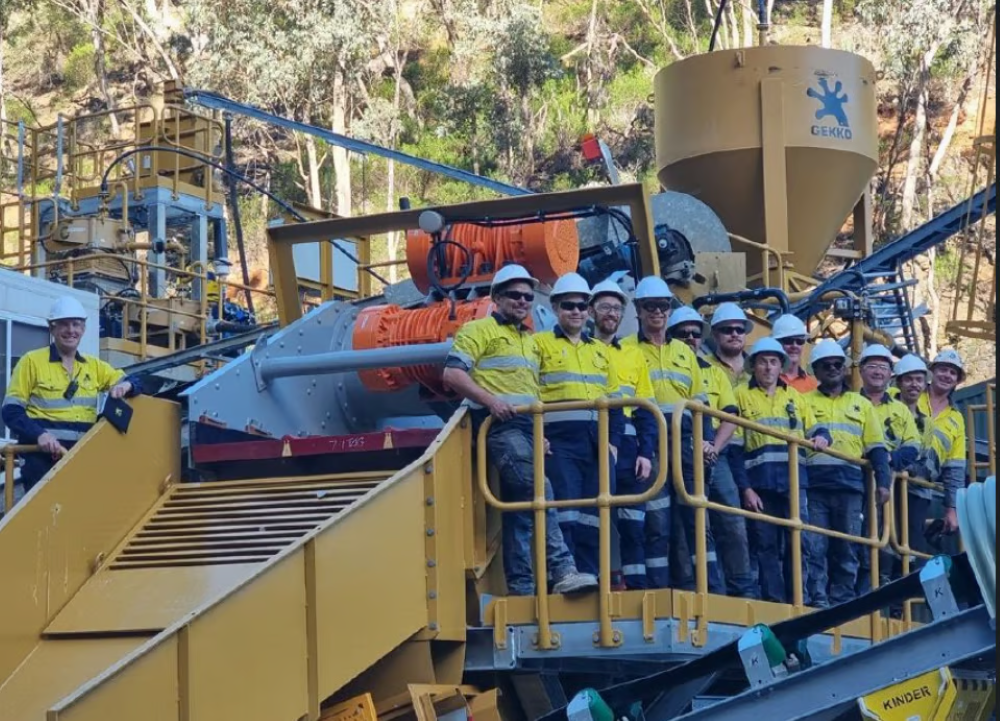AUSTRALIA – The New South Wales government’s Independent Planning Commission refused development consent for
Kepco Bylong Australia’s coal mine near Mudgee, in the Australian state’s central west region.
The Commission cited concerns about long lasting environmental, agricultural and heritage impacts as the main reasons for the refusal.
Prior to making the decision, three commissioners were instructed to conduct meetings with the company, the Department of Planning, Industry and Environment, the Mid-Western Regional and Muswellbrook Shire Councils and the Bylong Valley Protection Alliance to discuss the proposed mine.
The commissioners also conducted an inspection of the site and surrounding area and held a public meeting in Mudgee to listen to the community’s views.
In their final statement, they said that after considering all the evidence and weighing the community’s concerns, they decided to refuse development consent for the mine.
“While the commission found the mine’s predicted air quality, biodiversity, noise, subsidence and visual impacts are acceptable and/or can be effectively managed or mitigated, it raised significant concern about other longer lasting environmental impacts,” the document reads.
The other environmental issues cited are the fact that, in their view, the groundwater impacts would be unacceptable; that there is no evidence to support Kepco’s claim that impacted Biophysical Strategic Agricultural Land (BSAL) can be rehabilitated post-mining to BSAL-equivalent given the expected level of disturbance to the existing natural landscape; and finally, the fact that a recreated landscape post-mining is very unlikely to retain the same aesthetic, scenic, heritage and natural values.
The Australian subsidiary of Korea’s Electric Power Corporation (Kepco) sought approval to develop an open pit and underground coal mine in the Bylong Valley to extract up to 120 million tonnes of run-of-mine coal over 25 years for the thermal coal export market.
The operation was expected to employ up to 645 people during peak construction and up to 450 people during peak operation, as well as generate A$290 million in royalties for New South Wales.
This story originally appeared on www.Mining.com.





Comments